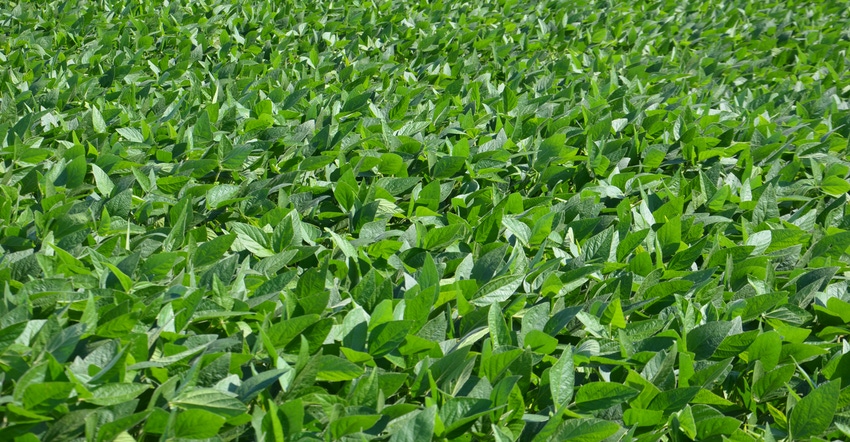April 28, 2021

Our soybean yields are stuck in the 50s and low 60s. We haven’t tried fungicides. Could that be the answer? How do we know which one to try? When do we spray?
The Indiana Certified Crop Adviser panel includes Betsy Bower, Ceres Solutions, Lafayette; Jamie Bultemeier, agronomist, A&L Great Lakes Lab, Fort Wayne; and Andy Like, farmer and CCA, Vincennes.
Bower: Fungicide is not the only thing you may want to try. When is your typical planting date? What are your soil test phosphorus, potassium and soil pH levels? Are you controlling weeds timely? How do your soybeans mature, evenly or unevenly in patches? Have you tested for soybean cyst nematode? Are you using seed treatments? Are your soybeans lodging? Are you fitting the right soybean genetics to your fields?
Certainly, fungicides can help. Frogeye leaf spot is one disease we watch, but we’re seeing some yield hits in some seasons with Septoria brown spot and Cercospora leaf blight, which causes purple seed stain. Fungicides also can improve overall plant health and allow soybeans to mature as they should.
Ideal timing for a fungicide application is typically anytime between R2 or full flower and R4, where there is at least one ¾-inch pod in one of the upper four nodes. However, if you find Frogeye leaf spot earlier than R2, you may want to address it in a very susceptible variety.
Applying a fungicide at R2 will likely allow total plant coverage, but your length of disease control may be limited. If you apply at R4 you may get great length of control but may limit coverage on lower leaves. An application at early- to mid-R3, with a 3/16-inch pod in one of the upper four nodes, may be more ideal.
Bultemeier: In-field testing and scouting are keys to effective fungicide management. Often the greatest benefit from fungicides comes when they’re applied before the disease is well-established. The most constant yield advantage from a single application is at R3. Varieties with weaker disease resistance, continuous beans and no-till fields will have the greater likelihood of a yield response.
Begin scouting at least weekly starting at bloom. Focus on disease and insect pressure as well as growth stage. If diseases like white mold or Frogeye leaf spot appear before R3, you may treat early. If treatment occurs before R3, a second application may be needed later. If you see significant soybean aphid, stink bugs, bean leaf beetles or Japanese beetles, adding an insecticide may be advisable.
Be sure to leave an uncreated check. Continue scouting the field, focusing on the differences in disease pressure between treated and untreated. For fungicides to provide a yield increase, there has to be a disease present to control.
Like: I would review all aspects of your cropping system to see what else is limiting yields prior to trying fungicides. Once all these variables have been addressed, it makes sense to test fungicides.
The choice of fungicides can be daunting. Choices range from a single mode-of-action strobilurin such as Headline to a three-mode-of-action premix such as Miravis neo. Disease spectrum, disease pressure, weather and yield potential influence choices. Inclusion of an insecticide is common here. But including it when you’re testing fungicides can confound your results. Did the fungicide help, or was it the insecticide?
You May Also Like




